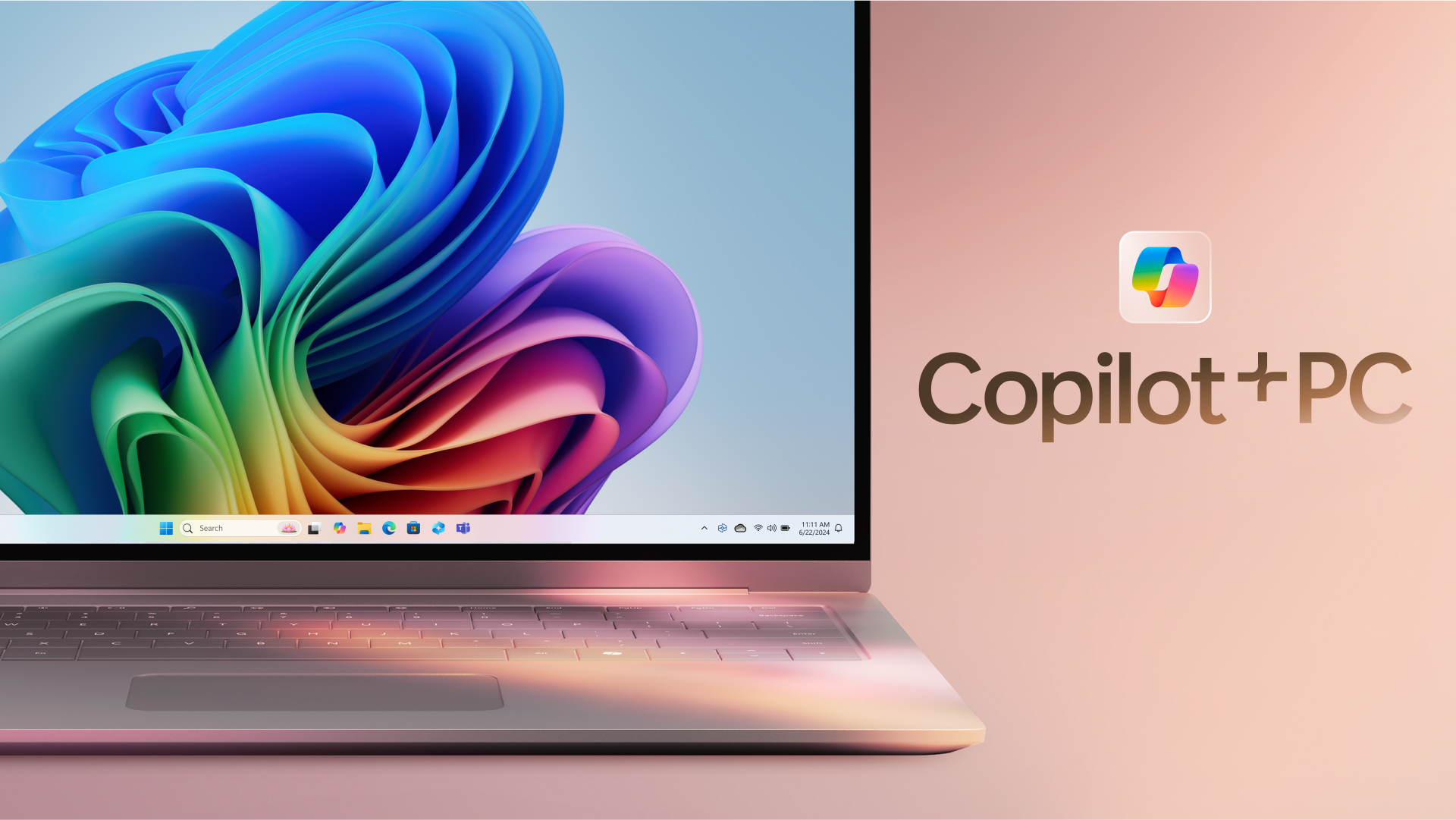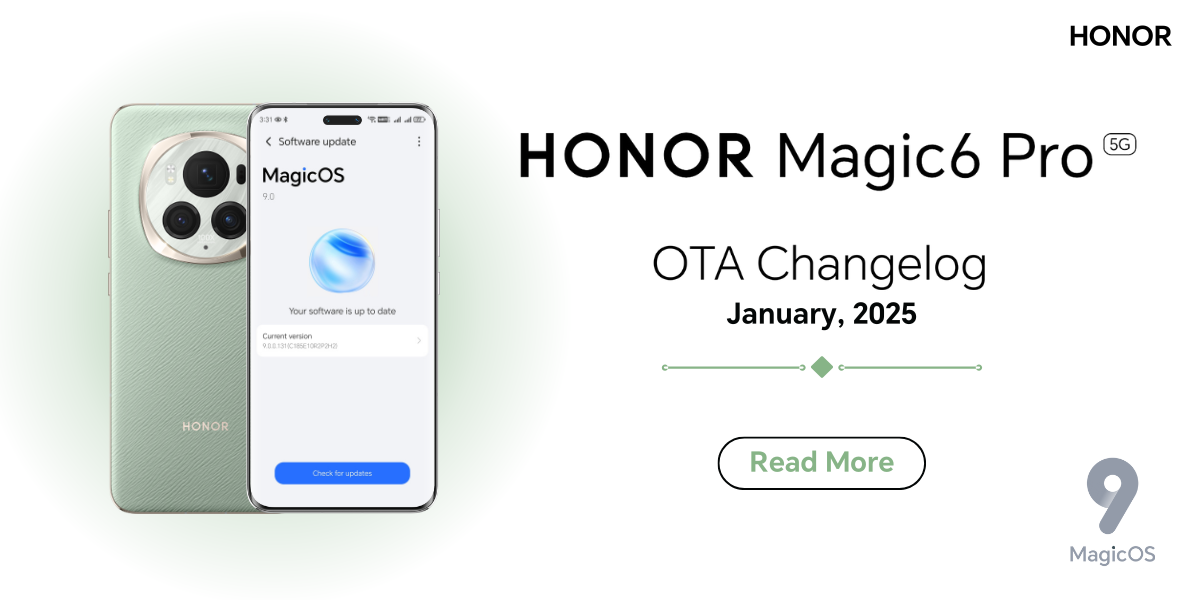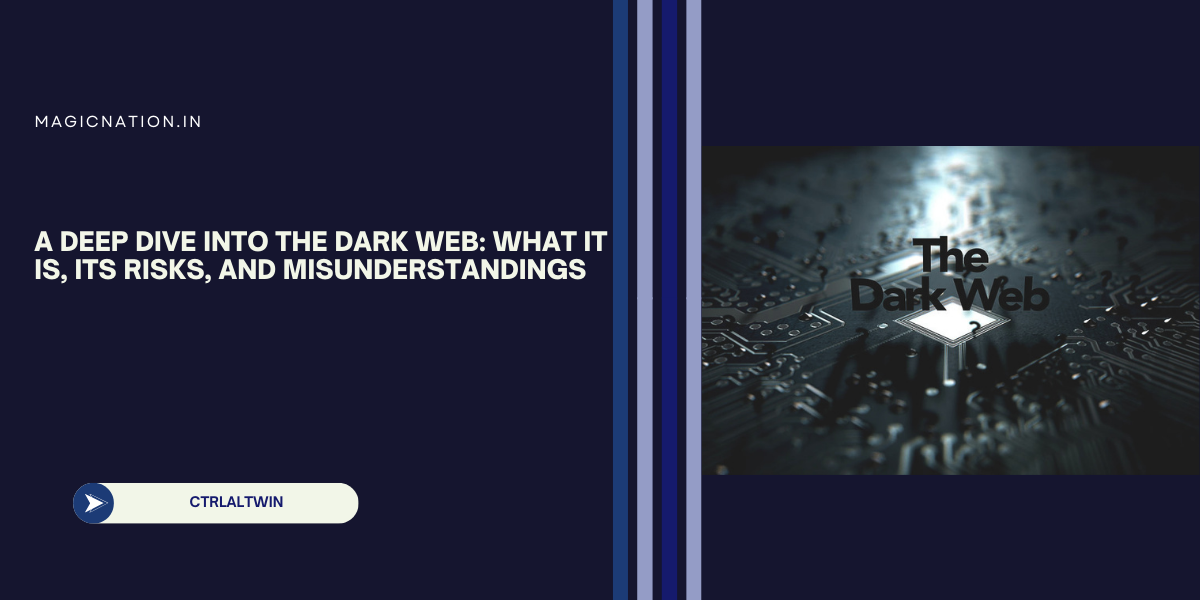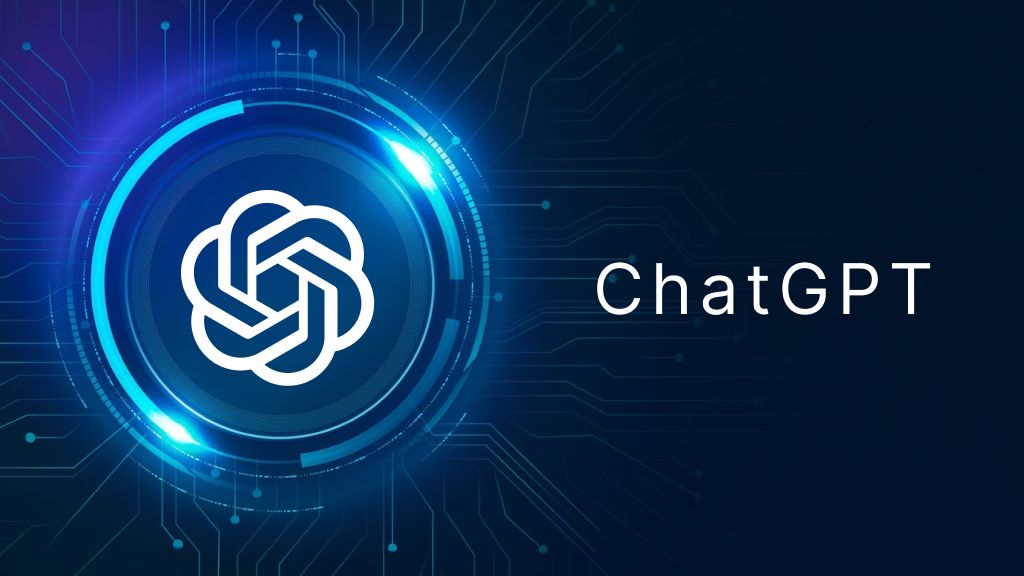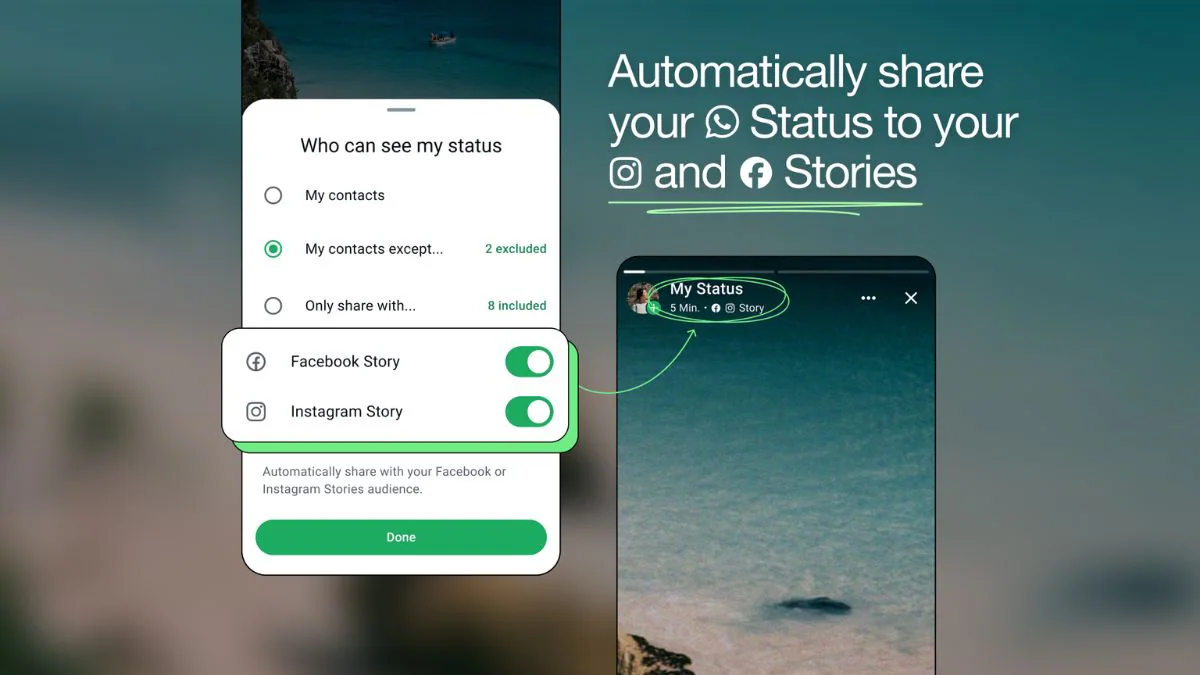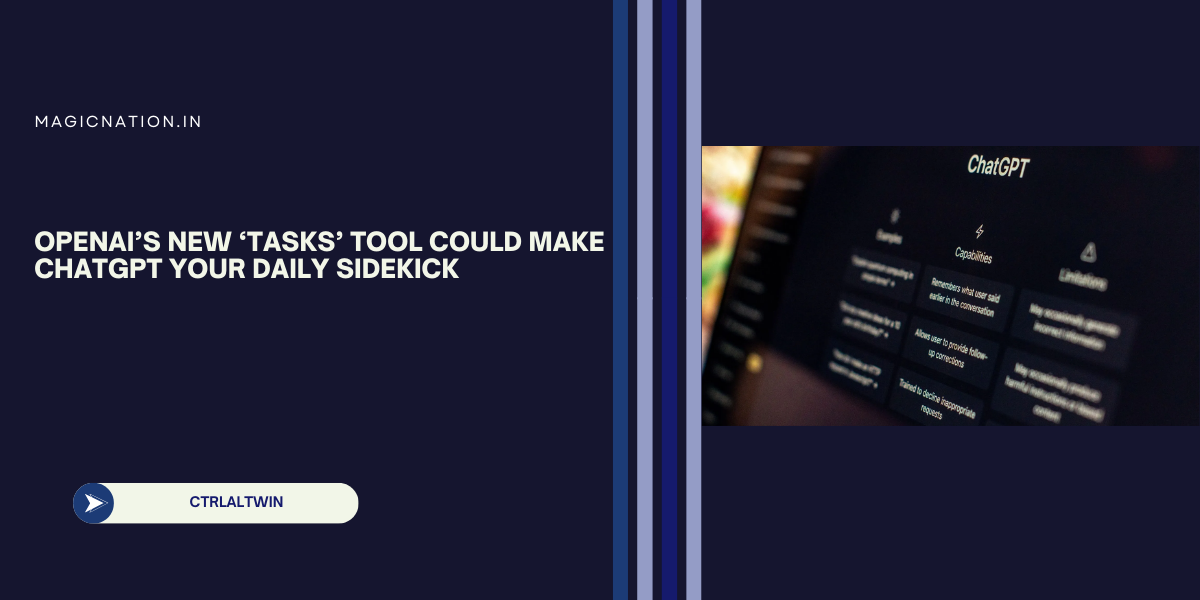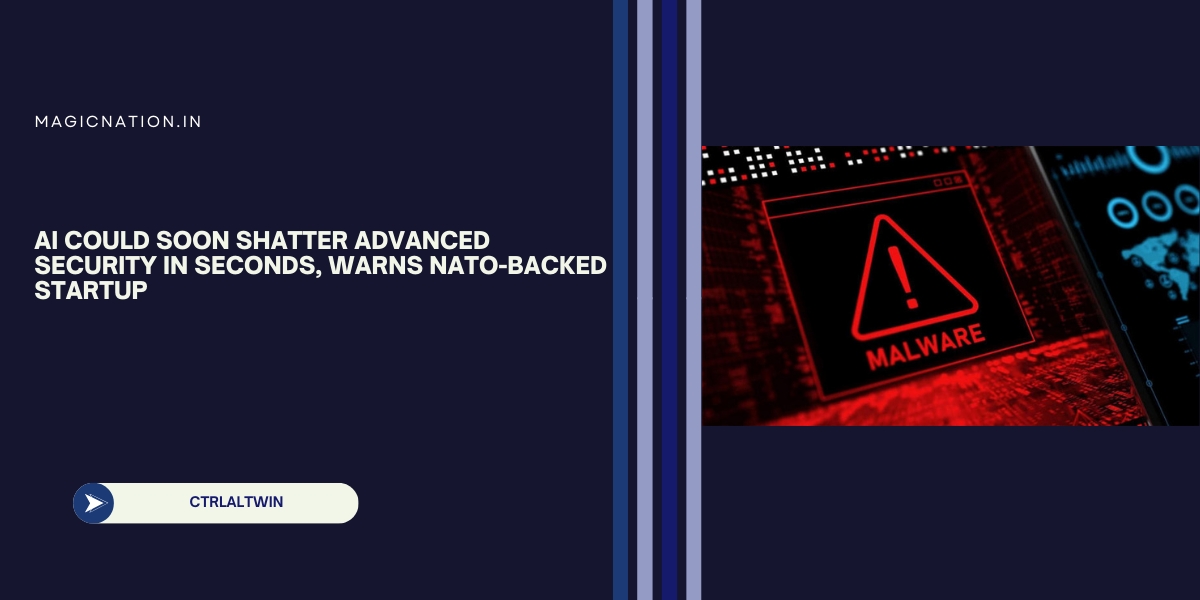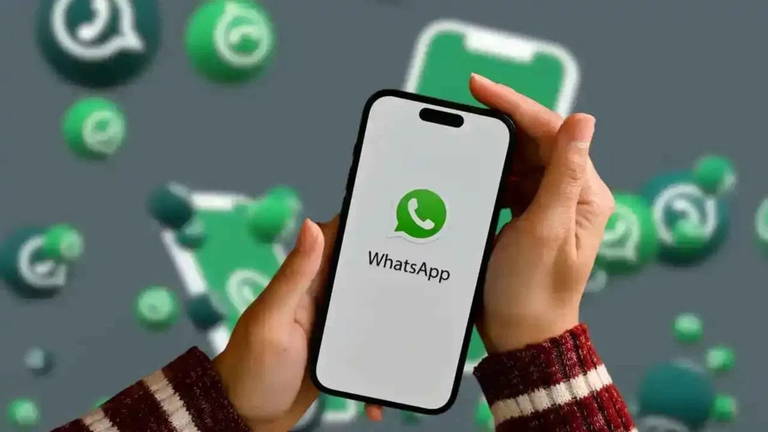
AI Translation: A Leap Forward
AI-powered translation tools, like Google Translate and DeepL, have come a long way from the clunky, error-ridden outputs of the past. These tools leverage advanced machine learning algorithms and neural networks to provide translations that are faster, more accurate, and contextually aware. For instance, they can now recognize idiomatic expressions, slang, and cultural nuances—something traditional translation methods often struggled with. Consider a scenario where a traveler in Japan uses an AI tool to navigate Tokyo or order food at a local restaurant. With just a smartphone, they can communicate effortlessly, reducing anxiety and fostering connection. Similarly, businesses use AI translations to expand into new markets, translating websites and marketing materials into multiple languages with impressive speed.
Beyond Word-for-Word Translation
One of the game-changing aspects of AI translation tools is their ability to understand context. Language isn’t just about words; it’s about meaning. For example, the phrase "break a leg" might confuse someone unfamiliar with English idioms, but advanced AI tools can interpret it as a wish for good luck in performing arts. Additionally, real-time translation features—like those in Microsoft Teams or Zoom—enable seamless cross-language conversations. Imagine attending a virtual meeting where participants speak different languages, yet everyone understands each other in real time. This isn’t science fiction; it’s happening today.
The Human Touch: Still Irreplaceable?
While AI translation tools are remarkable, they are not flawless. Language is deeply tied to culture, emotion, and intent—areas where AI can sometimes fall short. For instance, poetry, humor, or highly technical content often requires a human translator’s intuition and expertise. Moreover, AI tools can occasionally misinterpret nuances, leading to awkward or incorrect translations. A famous example is when a brand’s marketing slogan, translated into another language, inadvertently becomes offensive or nonsensical. This highlights why businesses often combine AI tools with professional human translators for critical projects.
Breaking Barriers in Education and Access
AI translation tools are also creating opportunities in education and accessibility. Students can now access academic materials in languages they don’t speak, expanding their horizons. Similarly, healthcare providers use these tools to communicate with patients from diverse linguistic backgrounds, ensuring better care and understanding. In a groundbreaking initiative, AI is also helping preserve endangered languages by documenting and translating them, ensuring they are not lost to history. This adds an emotional layer to the functionality of these tools—they’re not just bridging gaps; they’re preserving cultural heritage.
The Road Ahead
As AI technology continues to evolve, translation tools are set to become even more sophisticated. Future developments may include enhanced emotional intelligence, better voice-to-text accuracy, and the ability to adapt to specific user preferences. With these improvements, the dream of a truly borderless world feels closer than ever. However, it’s important to remember that AI translation is a tool, not a replacement for genuine cultural understanding. While it can help bridge gaps, fostering meaningful connections across languages requires empathy, curiosity, and an openness to learn.
So, are AI translation tools bridging language gaps? The answer is a resounding yes—but with caveats. They are transforming how we communicate, enabling global interactions that were once unimaginable. Yet, they work best as part of a toolkit that includes human insight and cultural sensitivity.
In the end, AI tools are not just breaking barriers—they’re building bridges. It’s up to us to cross them.




